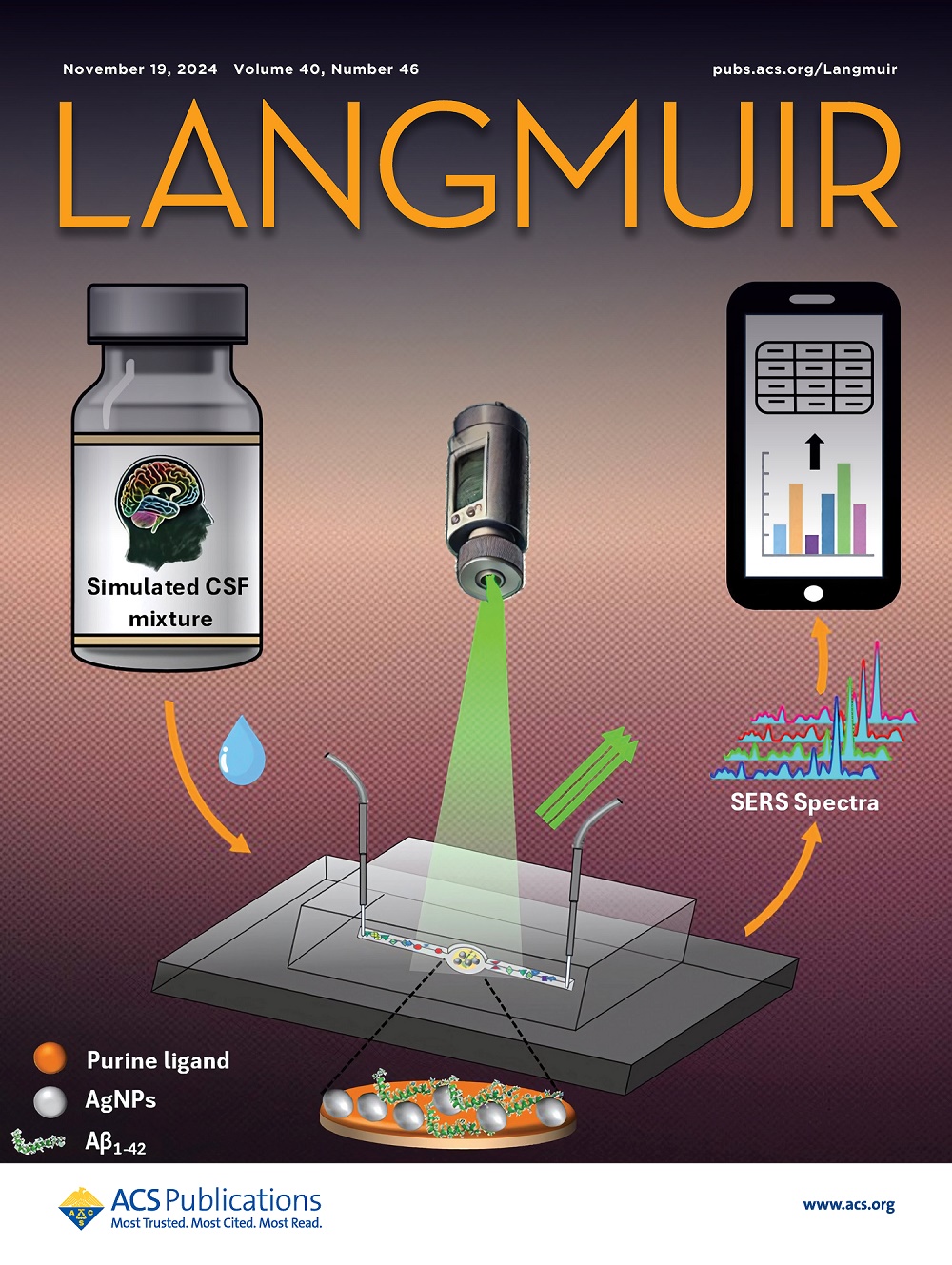Frontiers in Single-Molecule Junction Detection: A Review of Recent Innovations and Breakthroughs.
IF 3.7
2区 化学
Q2 CHEMISTRY, MULTIDISCIPLINARY
引用次数: 0
Abstract
Single-molecule junction techniques offer powerful tools for studying physical and chemical properties at the single-molecule level, while enabling groundbreaking advances in ultrasensitive sensing. This review encapsulates the latest progress made in tracking chemical reactions and intermolecular interactions by employing single-molecule junction techniques. Additionally, we explore their practical applications in detection and sensing of trace chemical substances and biomolecules. Single-molecule electrical measurements, such as mechanically controllable break junctions (MCBJs), scanning tunneling microscopy break junctions (STM-BJs), and graphene-molecule-graphene single-molecule junctions (GMG-SMJ), exhibit exceptional sensitivity and resolution. These techniques allow for precise control and detection at the molecular scale, providing powerful tools for research across disciplines such as chemistry, biology, and physics while also driving new discoveries and advancements in related fields. Furthermore, we highlight the applications of single-molecule junction-based sensing techniques in identifying small molecules and ions in various media, thus contributing noteworthy insights into the design of ultrasensitive single-molecule sensors.单分子结检测前沿:近期创新与突破综述
单分子结技术为研究单分子水平的物理和化学性质提供了强大的工具,同时在超灵敏传感方面取得了突破性进展。本文综述了利用单分子结技术跟踪化学反应和分子间相互作用的最新进展。此外,我们还探讨了它们在痕量化学物质和生物分子的检测和传感中的实际应用。单分子电测量,如机械可控断结(MCBJs)、扫描隧道显微镜断结(STM-BJs)和石墨烯-分子-石墨烯单分子结(GMG-SMJ),表现出卓越的灵敏度和分辨率。这些技术可以在分子尺度上进行精确的控制和检测,为化学、生物学和物理学等跨学科研究提供了强大的工具,同时也推动了相关领域的新发现和进步。此外,我们强调了基于单分子结的传感技术在识别各种介质中的小分子和离子方面的应用,从而为超灵敏单分子传感器的设计提供了值得注意的见解。
本文章由计算机程序翻译,如有差异,请以英文原文为准。
求助全文
约1分钟内获得全文
求助全文
来源期刊

Langmuir
化学-材料科学:综合
CiteScore
6.50
自引率
10.30%
发文量
1464
审稿时长
2.1 months
期刊介绍:
Langmuir is an interdisciplinary journal publishing articles in the following subject categories:
Colloids: surfactants and self-assembly, dispersions, emulsions, foams
Interfaces: adsorption, reactions, films, forces
Biological Interfaces: biocolloids, biomolecular and biomimetic materials
Materials: nano- and mesostructured materials, polymers, gels, liquid crystals
Electrochemistry: interfacial charge transfer, charge transport, electrocatalysis, electrokinetic phenomena, bioelectrochemistry
Devices and Applications: sensors, fluidics, patterning, catalysis, photonic crystals
However, when high-impact, original work is submitted that does not fit within the above categories, decisions to accept or decline such papers will be based on one criteria: What Would Irving Do?
Langmuir ranks #2 in citations out of 136 journals in the category of Physical Chemistry with 113,157 total citations. The journal received an Impact Factor of 4.384*.
This journal is also indexed in the categories of Materials Science (ranked #1) and Multidisciplinary Chemistry (ranked #5).
 求助内容:
求助内容: 应助结果提醒方式:
应助结果提醒方式:


